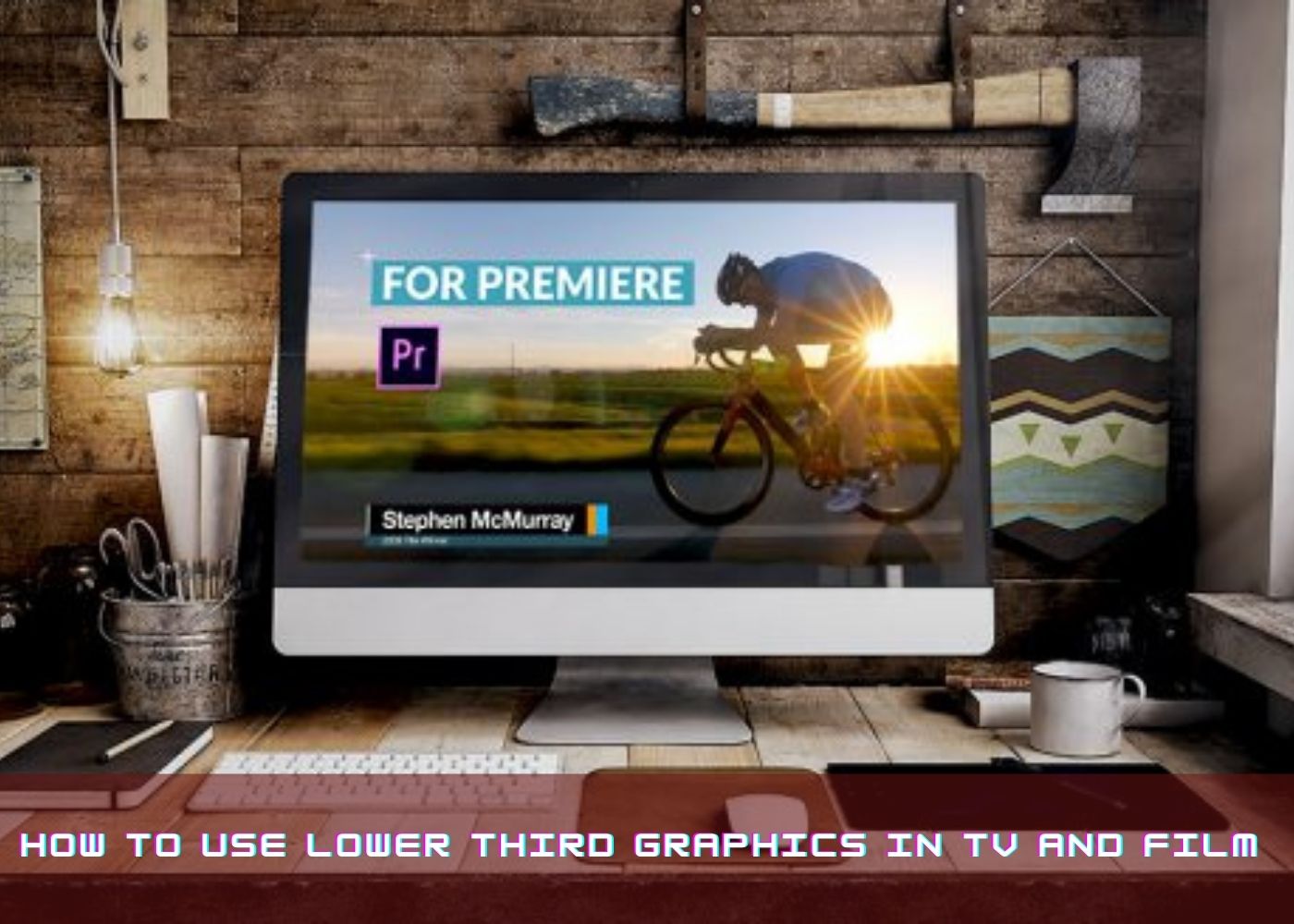Lower thirds are used in cinema and television to give supplementary information to the audience. Lower thirds may take your video production to the next level if you learn how to create them effectively.
Lower Thirds: What Are They?
Lower thirds are computer-generated graphic overlays that are layered on the bottom half of a television or movie screen to offer context to the visual material. You may transmit additional information without obscuring critical visuals by placing text, graphical components, and motion in the lower third of the frame.
Lower thirds are also known as "chyrons," after the Chyron Corporation, which was one of the first to specialize in generating this form of video graphic. Basic bottom third titles may be designed with the majority of video editing applications.
In Film and Television, How to Use Lower Thirds
Lower thirds are most commonly seen in documentaries, where they identify interview subjects' names and occupations. Cutting to an interview subject and incorporating a lower third with the text "Jane Doe, Forensic Psychologist" saves the need for Jane to declare her name and occupation on camera, for example.
Other identifying details, such as Jane's hometown or her link to another character in the film, could be included by the filmmaker. In the film, lower thirds can also help define time and place. For example, providing an establishing shot of a house with the lower third "Jane Doe's residence, July 15th, 1988" tells the audience exactly when and where this scenario is taking place.
Lower thirds are frequently seen on television in non-fiction programs such as news and chat shows. On television news programs, lower thirds provide a quick summary of the current story being discussed on-air. Lower thirds on television usually feature the network's logo and can be animated to show stock values, news headlines, weather, and sports scores. Live TV broadcasts require specialist technology to add and update lower-thirds onscreen in real-time, whereas film lower thirds are always added in post-production.
When it comes to designing lower thirds, there are a few things to think about.
A lower third's numerous features all work together to give clear and elegant context for your onscreen graphics. When generating lower thirds for a customer, see if they have a lower third template or style guide that you may use. Remember to consider the following factors while creating your own lower thirds:
1. Use a legible typeface that matches the tone of your video's content. Also, keep your text short—if you write too much, the viewer may become distracted from the rest of the video.
2. Shapes and logos: To help your text stand out, use shapes behind it. To highlight distinct pieces of information, use multiple shapes in the same lower third. To make it clear whose channel you're watching, TV networks include their logo in the lowest third of the screen. If you want to utilize your movies to establish a brand, include your custom logo in the lowest third of a personal project.
3. Color: Pick a colour scheme that draws attention to your writing without being too distracting. When it comes to colour, too many colours can be overwhelming, so when in doubt, keep it simple. Match your colour scheme to the colours in the logo if you're using a logo in your lower third.
4. Position and size: Make sure your lower thirds are always in the "title-safe area," which means they won't be cut off no matter what type of television screen the viewer has. To do so, use your editing software's title-safe area view, and keep crucial information closer to the centre of the screen in general. The font size should be large enough to read comfortably without taking up too much room.
5. Animated motion graphics give your lower thirds a little something more. Simple lower thirds, on the other hand, are more effective in most cases, so think about if animation is necessary for your situation. The lower third animation is most commonly used for the intro and outro because the animation in the middle of a segment might be distracting.







